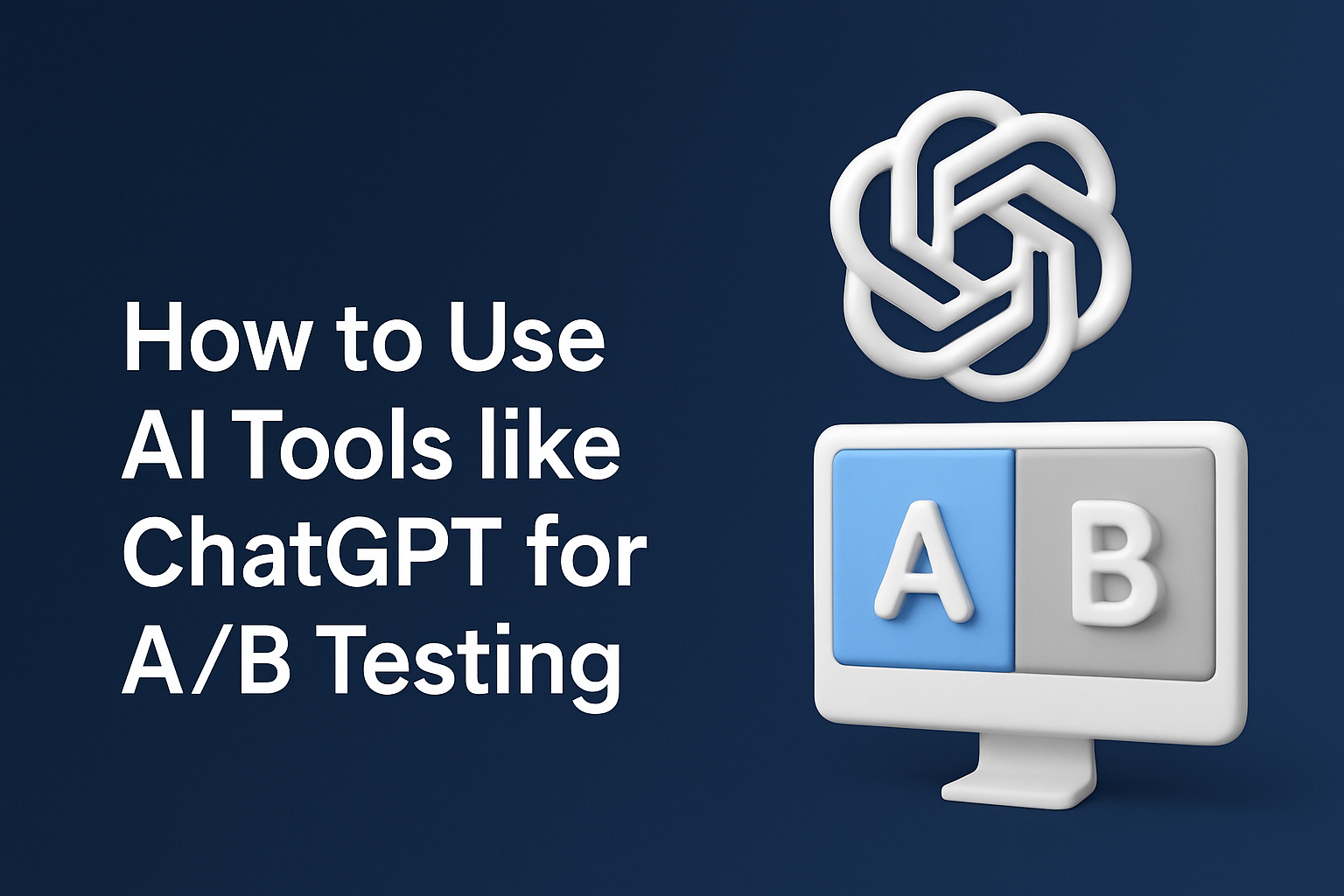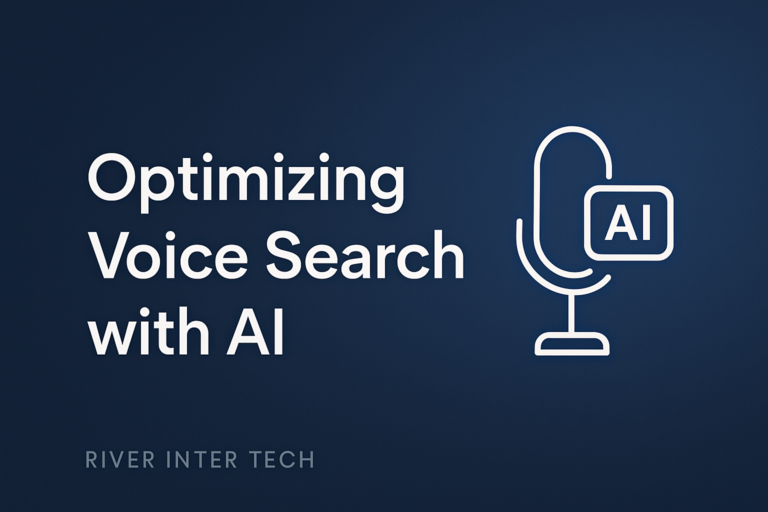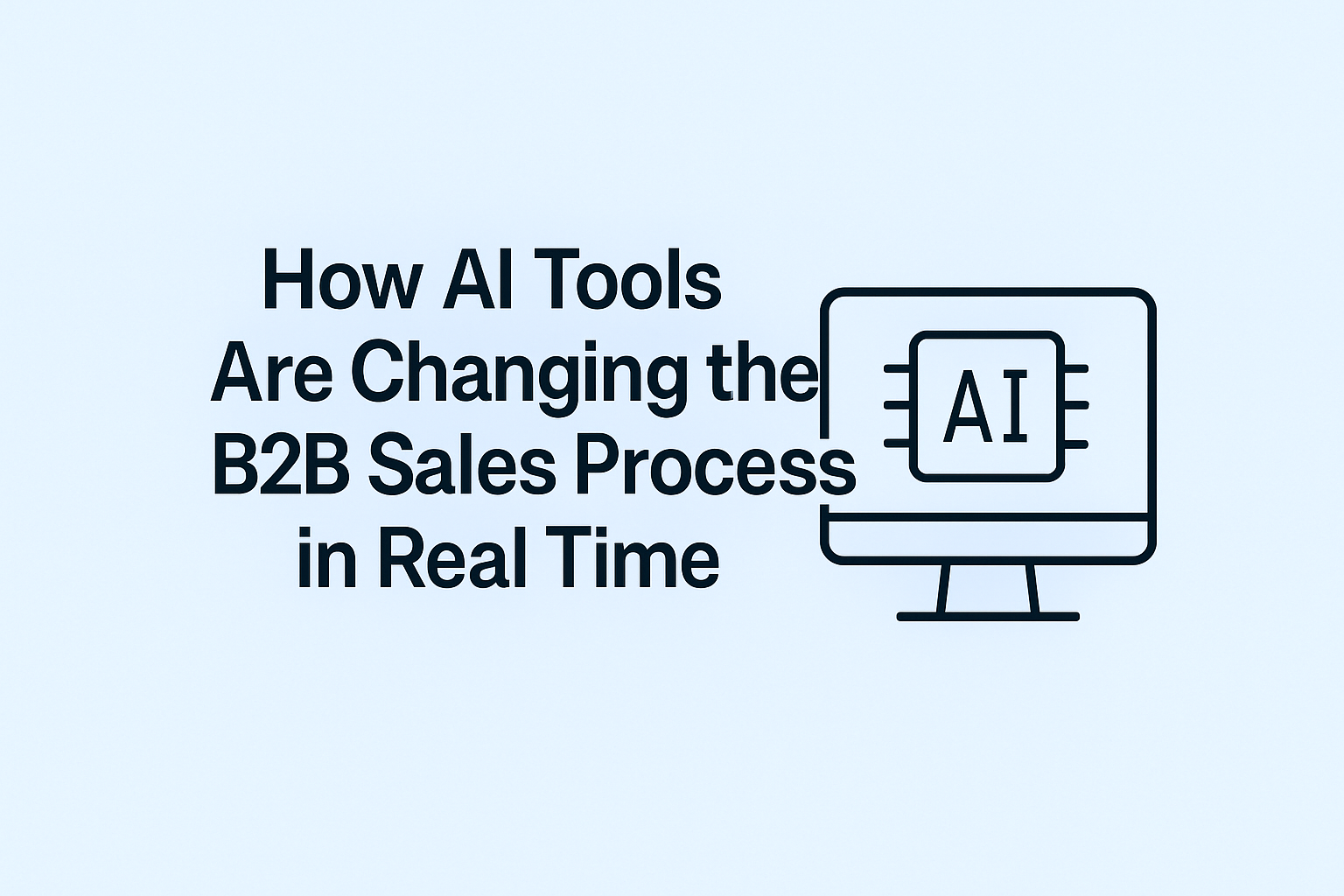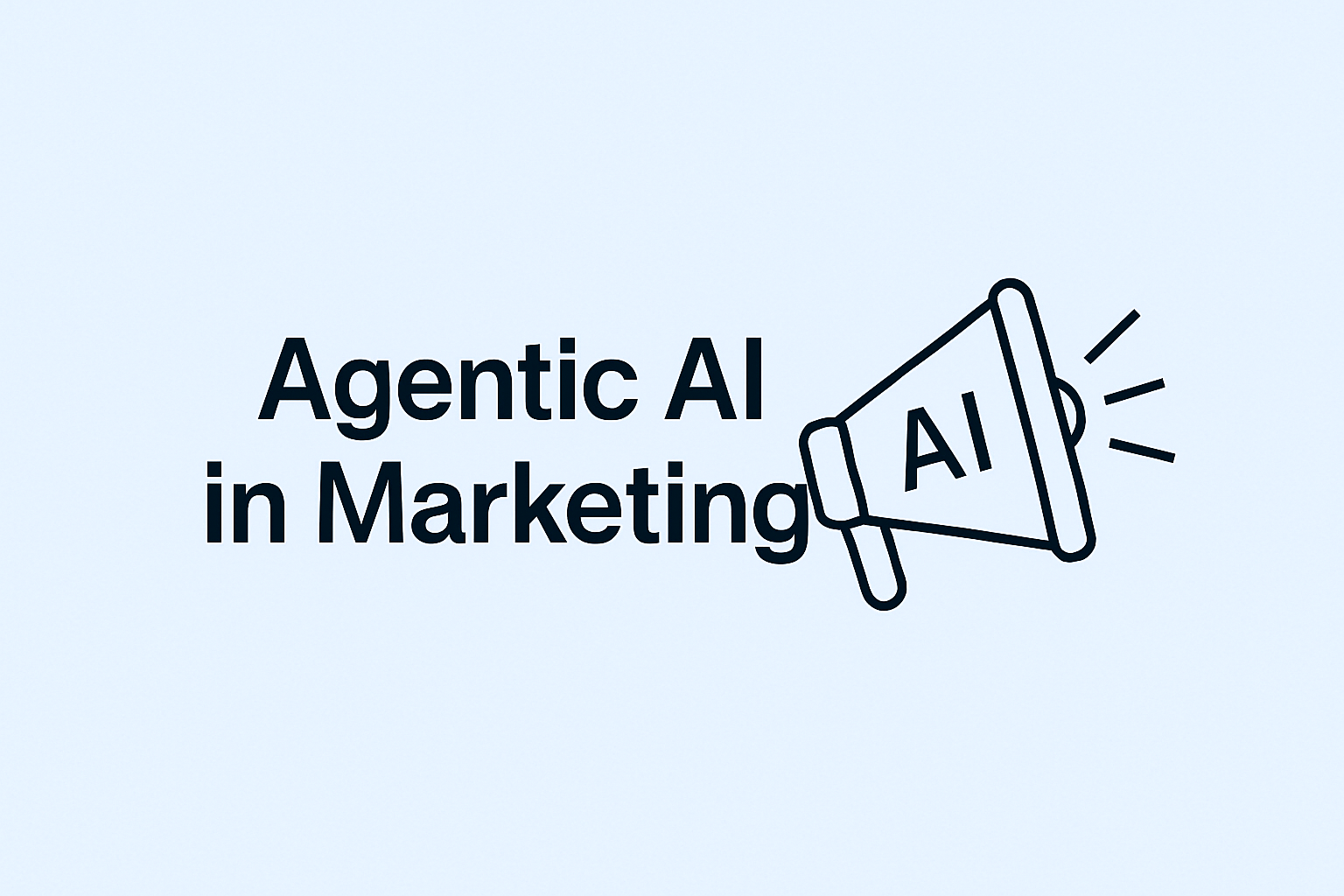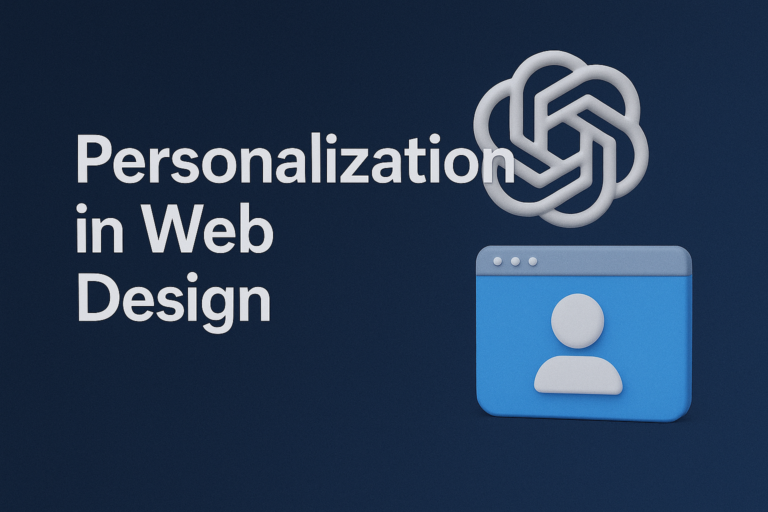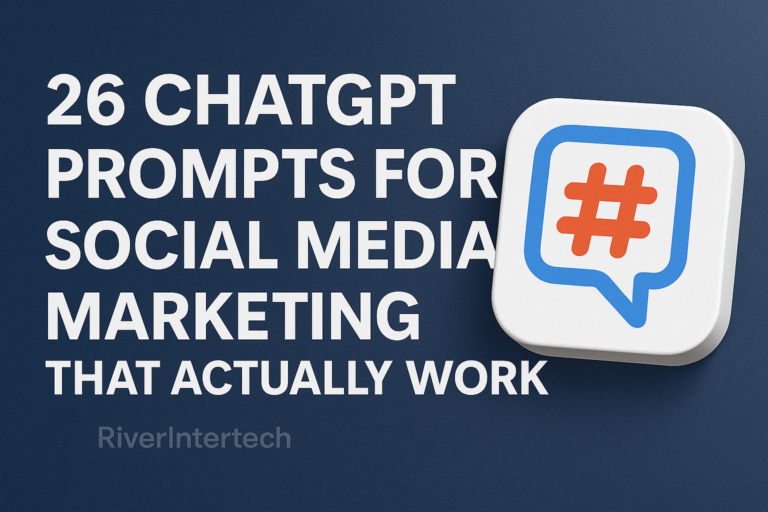How to Use AI Tools like ChatGPT for A/B Testing
Ever waited weeks for A/B test results, only to feel unsure about what really moved the needle? This is a common story. The process gets slow, feedback is hard to sort, and teams are left guessing what to do next.
Here’s some good news: AI is changing how you can test ideas and make choices. ChatGPT, a tool from OpenAI, lets you work faster, test smarter, and skip the confusing steps. If you crave speed, accuracy, and less stress in your A/B tests, this guide will show you how.
You’ll see real steps, get clear prompts, tools, and learn where to be careful. Let’s get started with ChatGPT for A/B Testing.
What is A/B Testing and Why Does it Matter?
A/B testing is simple in theory: show two versions of something—like a headline or button—to users and see which one wins on clicks, sign‑ups, or sales. The winner becomes your new standard.
Why bother? Guessing can waste time and money. A/B testing uses real data to make smarter choices. Still, it isn’t always quick or easy. Tests can drag on for weeks, stats may get missed, and small teams might not have data experts. It’s easy to stall or miss insights.
How AI Tools (Like ChatGPT) Transform A/B Testing
Traditional A/B testing can be slow and human‑heavy. AI changes that by crunching numbers quickly, spotting patterns, and suggesting stronger variants. It can read feedback, recommend tweaks, and help crunch stats in minutes—revolutionizing your workflow.
Imagine uploading results and asking, “Why did Version B win?” ChatGPT can summarize comments, highlight trends, and spotlight factors you might miss. This speed lets you run more tests, try bold ideas, and optimize faster.
AI tools also fill skill gaps: need code? ChatGPT can write it. Unsure how to parse comments? AI can cluster feedback and surface themes.
Step‑by‑Step: How to Use ChatGPT & AI Tools for A/B Testing
1. Set Clear Goals and Hypotheses
Define the metric you want to lift—clicks, sign‑ups, sales—and write it in one line. Then ask ChatGPT: “Suggest 5 ways to boost sign‑ups on my landing page.” Pick a winner and state a testable hypothesis, e.g., “Changing the headline to ‘Start Free—No Card Needed’ will increase sign‑ups by 10 %.”
Tip: Clear goals make each test easier to measure and improve.
2. Generate Test Variations (Copy, Design, Code)
Use ChatGPT to craft headlines, CTAs, or snippets of code. Example prompt: “Write a JavaScript snippet to change the CTA button text to ‘Start Free Trial’.” Paste the script into tools like VWO or Kameleoon.
Tip: Precise prompts yield better AI output.
3. Prioritize and Plan Tests Efficiently
Too many ideas, too little time? Ask: “Rank these test ideas by likely impact based on past data.” Use ChatGPT to build an impact‑versus‑effort matrix to present to stakeholders.
Tip: Feed past results to ChatGPT—the more context, the smarter the ranking.
4. Integrate with A/B Testing Platforms
- Copy ChatGPT‑generated text or code.
- Paste into your platform’s variant editor (VWO, Kameleoon, Mida, etc.).
- Set audience rules and launch.
Tip: Save prompts and outputs for quick retesting later.
5. Analyze Results—Faster and Deeper
Export data, then prompt ChatGPT: “Summarize why users preferred Version B based on these comments.” AI clusters feedback, surfaces trends, and flags anomalies.
Tip: Combine AI insights with manual review for reliability.
6. Iterate Based on AI Insights
Use findings to shape the next test. If mobile users responded best, ask ChatGPT: “What other mobile changes should I test next?” Keep cycling through this loop for continuous improvement.
Tip: Test one major variable at a time to isolate winners.
Tips and Reminders for Using AI and ChatGPT in A/B Testing
- Review every AI suggestion for brand fit.
- Protect user privacy—no sensitive data in prompts.
- Let humans make the final call.
- Start small; scale as you learn.
- Blend AI findings with direct user feedback.
Actionable Insight: Use AI as a helper, not a replacement.
The Best AI Tools for A/B Testing (with ChatGPT Integration)
- Kameleoon: Smart test planning and AI targeting.
- Adobe Target: Self‑learning models route traffic to winners.
- VWO: No‑code test ideas and automated reports.
- Mida.so: Rapid copy & code generation for quick tests.
- Crazy Egg: Heatmaps + AI insights on click/drop‑off zones.
Actionable Insight: Test drive demos to see which platform fits best.
Key Limitations and Watchouts
- AI can’t replace real user interviews or fix low‑traffic tests.
- Check compliance and data handling policies.
- AI may miss brand tone—write precise prompts and review outputs.
- Always have a human do the final pre‑launch check.
Actionable Insight: Use AI to accelerate, not bypass, critical steps.
Frequently Asked Questions (FAQs)
Can ChatGPT run A/B tests automatically?
No. ChatGPT aids ideas, code, and analysis—you still need a testing platform.
What data is safe to share with ChatGPT?
Only public or non‑sensitive data. Keep private info out.
How do I explain results to non‑technical teammates?
Ask ChatGPT for a plain‑language summary or bullet list.
If I don’t have a dev team, can I still use AI tools?
Yes. Many platforms offer no‑code editors, and ChatGPT can generate simple scripts.
What are signs my AI‑driven tests are going wrong?
Unclear results, low traffic, or new user bugs—pause, review, and refine.
Closing
AI and ChatGPT make A/B testing faster and easier. With clear goals, sharp prompts, and thoughtful review, you can run more tests, learn what works, and grow faster. Pair AI power with human judgment for best‑in‑class optimization.
Want to dive deeper? Explore our advanced guides and real case studies on AI‑driven testing.

